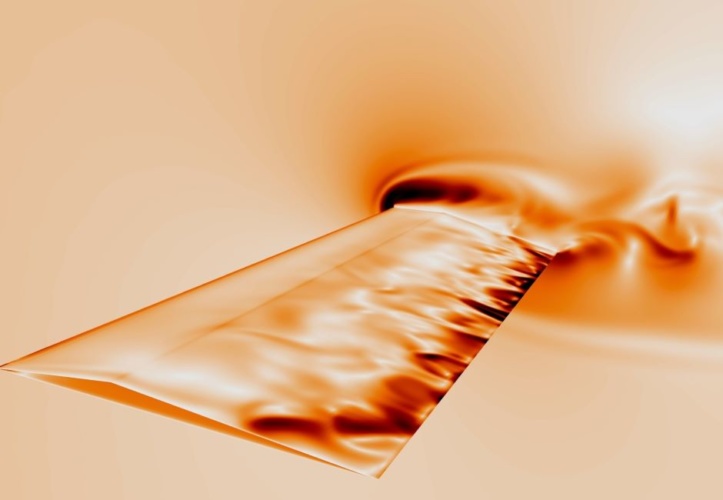Imperial simulator gives lift to future Mars helicopters
A simulator that provides greater understanding of Martian aerodynamics could help design rotor blades for next generation Mars helicopters.

Following the success of NASA’s Ingenuity Mars Helicopter, engineers are looking to create more optimised helicopters that can fly longer distances at higher altitudes, with heavier payloads.
The ambition is unambiguous, but conditions on Mars are challenging. NASA says flights on Mars were prepared for atmospheric densities between 0.0145 and 0.0185kg/m3 (equivalent to 1.2-1.5 per cent of Earth's atmospheric density) but that could drop to as low as 0.012kg/m3. Drops in density lead to a drop in thrust margin, which can be compensated for with faster rotor speed. Ingenuity, and platforms that follow, must avoid rotor speeds approaching the speed of sound because that would cause drag. This combination of atmospheric density and slower speed of sound means that simple modelling strategies do not yield accurate results.
Register now to continue reading
Thanks for visiting The Engineer. You’ve now reached your monthly limit of news stories. Register for free to unlock unlimited access to all of our news coverage, as well as premium content including opinion, in-depth features and special reports.
Benefits of registering
-
In-depth insights and coverage of key emerging trends
-
Unrestricted access to special reports throughout the year
-
Daily technology news delivered straight to your inbox










UK Enters ‘Golden Age of Nuclear’
The delay (nearly 8 years) in getting approval for the Rolls-Royce SMR is most worrying. Signifies a torpid and expensive system that is quite onerous...